Anzeige: Dieser Beitrag entstand mit Unterstützung der KTM Sportmotorcycle GmbH
The friendliness is back. Uzbek people greet us with a smile. We don’t look back in anger at Torquemenistan. But we’re happy to be in Uzbekistan. From the border it was a 100 kilometer ride to Bukhara. A truck driver had warned us about the road conditions but they were not as bad as promised.
Bukhara is a brighter and livelier city than our photos suggest. The old town is pretty much a museum you walk through made up of more than 140 old houses.
The city is at least 2500 years old and served as a trade center on the Silk road. Persian influence was strong and Persian remains the mother tongue of a majority of inhabitants until today. Bukhara was also a religious center of the region. Hence countless mosques and madrassas characterize the city.
But the trade is not lost on Bukhara. You turn around a corner and stumble upon an outdoor carpet market. And a white jersey with the number 7. In this region it seems like Messi and Ronaldo are the biggest brands the world has.
From Bukhara we headed towards Samarkand. It was nice to ride through the green Uzbek landscape.
The Turkmen desert had supplied no shadow at all. Now roadside trees make little stops a lot more pleasant again. While the temperatures didn’t reach the 40 degrees we experienced in Yazd/Iran, they still were in their mid-thirties ever since. We consider anything below 30 to be cool by now.
Samarkand is one of Asia’s oldest cities. It’s packed with what guide books call “top sights”. We won’t give you the whole tour, but you have to have a look at the Registan.
The Registan is Central Asia’s most iconic sight and consists of three Islamic schools: Ulugh Beg Madrasah, Tilya-Kori Madrasah and Sher-Dor Madrasah (left to right).
Just in front of the Registan is also a great place to change a tire, should you ever need to.
Unfortunately, Uzbekistan requires you to register where you stay every night. It means, camping is impossible unless you want to get into trouble at one of the frequent police checkpoints or when leaving the country. So we stayed at budget hotels. Our Samarkand guest house came with three extra guests. Little birds where learning to fly in the small courtyard. Their top height was 50 cm at the time being. Enough to conquer a chair.
Samarkand has seen some odd urban remodelling in the past years. The sights are separated from the old Jewish quarter by a big wall with two almost invisible entrances. Tourism and everyday life are two spheres no longer intertwined. But we managed to get in.
Back on the touristic side of the wall lies the Shah-i-Zinda Ensemble that features mausoleums built between the 11th and 19th century.
Shah-i-Zinda ends on a regular graveyard that spreads out on a hill. An impressive place that gives you views on the whole city and the distant mountains. Almost all tombs have a portrait of the deceased and it feels very secular. Religious symbols are rare.
The whole of Uzbekistan seems to have a fuel problem, but the Samarkand region is special. Half a million people live here, yet every petrol station is closed. Most cars run on gas anyway (and have separate gas stations), but petrol is hard to find. The only way to get some is on the road. In this case we stopped by a little grocery store that also had placed a canister by the roadside as an indicator.
Three 5 liter canisters each later we ready to go again. The fuel has only 80 octane but thanks to state-of-the-art electronics our bikes don’t mind the poor quality. The fuel slows the machines down a little bit though. Just like the fake police cars. While this one looks a bit like a project from primary school project, we’ve seen more advanced versions of this concept. Turkey even has some with flashing blue light.
The third city we visited in Uzbekistan was Tashkent. It is not much characterized but its must-see sights but its sprawling atmosphere (excuse our guide book English). Being the capital there’s a lot do here.
We were happy to find out that the Uzbek national football team was playing a friendly game against Thailand (aka "The War Elephants") the day we arrived.
It was the number 62 of the world against number 127. The odd-on favourite Uzbekistan won 2-0 against a Thai team that showed a weak performance in the first game under new coach Milovan Rajevac.
Best man on the pitch was Marat Bikmaev of Lokomotiv Tashkent while the crowd’s favourite by far was Aleksandr Geynrikh of FK Ordabasy Shymkent, who received the captain’s armband upon his substitution. Contact us via email for a detailed scouting report.
Tashkent mixes Soviet charm with oriental influences. The Chorsu bazaar is huge and crowded. This is just the meat section.
From Tashkent we headed deeper into the Ferghana Valley, Central Asia’s most fertile region. This is where most of the crops and cotton, one of Uzbekistan’s most important goods, is cultivated. From time to time the street elevated a bit into the mountains.
Our last stop in Uzbekistan was Andijan south-eastern edge of the Ferghana Valley.
Pleasant in a low-key way, this town will best remembered by us for its ketchup selection.
And it was Andijan that came up with the best parking spot we ever had for our bikes: the hotel lobby.
Uzbekistan has been the most “touristic” part of our journey. We saw city after city and mosque after mosque. It’s been great to experience the cultural wealth of this country. Now the focus will go back to riding again. We head for the border of Kyrgyzstan. In Osh we will prepare what will be the most challenging part of our journey: The Pamir highway.




























